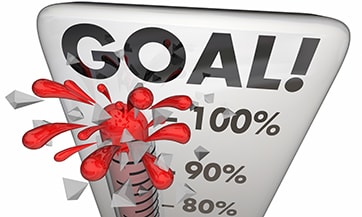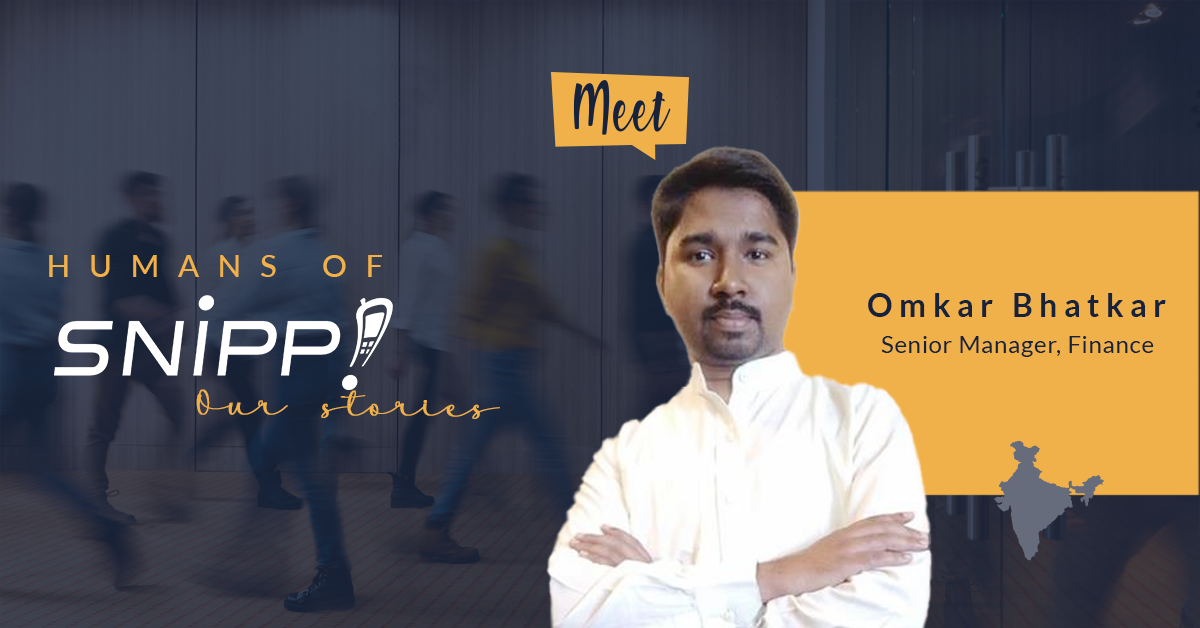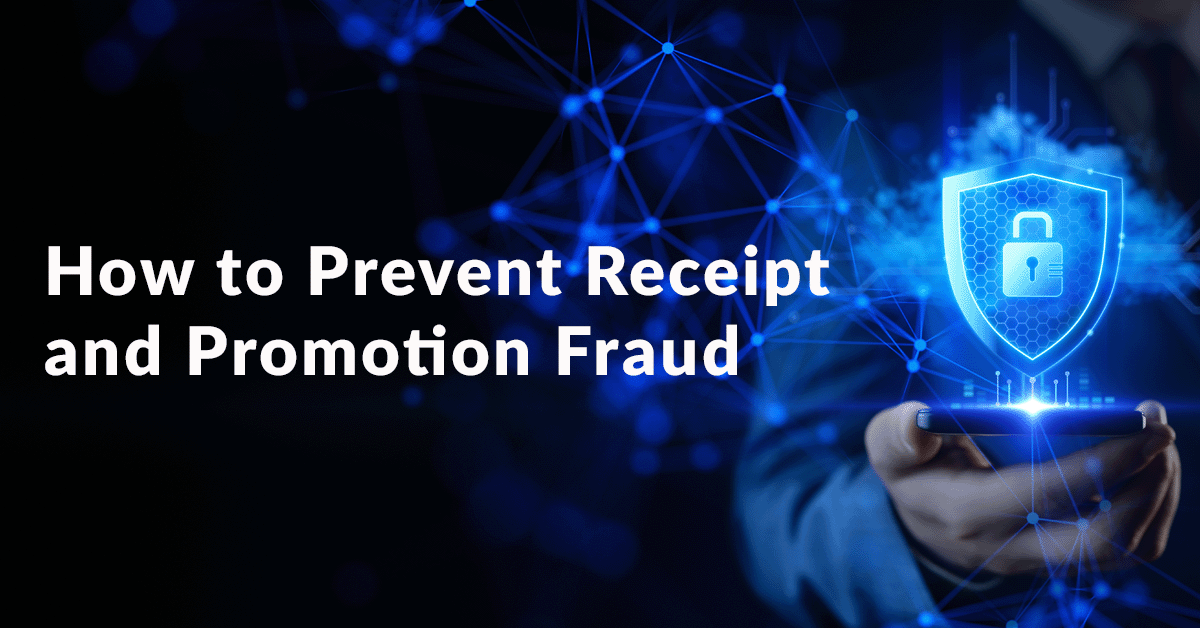GAMIFICATION AND HOW IT CAN MAKE LOYALTY FUN (OR NOT)
Gamification as a concept is not necessarily a new one, although the term itself may very well be.
Frequent flyer programs have been successfully leveraging core gamification techniques for decades now. While frequent flyer miles can be redeemed for a variety of free offers, every year less than ten percent of the miles accrued are actually redeemed. Despite that, people continue to be passionate about racking up additional miles – not for the miles themselves, but because of the status tiers that airlines confer to them as a result of mileage accrued. The notions of status and the engendering of self-competition based on the perks accrued with tiers are core gamification principles.
Similarly, McDonald’s has been leveraging gamification in a rather more literal sense with its Monopoly game that it has been running for almost thirty years now (since 1987). The game is single-handedly responsible for a significant lift in same-store sales and works by both bringing in consumers who might have eaten at another burger chain (acquisition), and by bringing them in again and again (retention). While McDonald’s doesn’t disclose the sales directly attributable to the game, the fact that it doled out over $500 million in prizes in 2014 gives you a sense of how impactful it must be.
What is gamification?
Game developers have been using data-driven motivational techniques to design highly addictive gaming experiences for years. Gamification applies the same principles that inspire people to play games – things like achievements, status and rewards – and applies them to non-gaming contexts to drive specific consumer behaviors. With the ascendance of big data and sophisticated analytics, businesses have a much more granular understanding of customer behavior and motivations, and are hence leveraging gamification techniques at greater scale and as an increasingly effective way to influence consumer behavior across a variety of different scenarios.
The social science behind gamification is real – and very effective. As an example, professors Joseph Nunes and Xavier Dreze conducted a seminal study entitled “The Endowed Progress Effect” in which they ran a simple loyalty program at a car wash to examine the impact of gamification on participation. In the program, customers received a free carwash for every eight paid carwashes. The participating customers all received stamp cards to keep track of the carwashes they used, but half the cards had eight empty slots and half had ten slots with two of the slots already stamped. While both groups needed the same number of stamps to qualify, the second group had nearly double the rate of completion – 34% vs 19%. By creating an artificial sense that they didn’t have to start from scratch, the professors had induced greater motivation in the second group.
Gamification in Loyalty
Gamification can be used across loyalty in a number of different ways:
Retention
A well-accepted rule of thumb is that customer acquisition costs are generally 4-6 times the costs of customer retention. Gamification has its biggest impact in ensuring customers keep coming back. In addition to points for purchase, providing users with a sense of achievement and competition to keep them engaged provides real retention benefits. As illustrated in the frequent flyer programs, having status tiers with associated perks ensures that customers keep returning and participating in programs for reasons beyond just the points they get.
Driving specific customer behaviors
Gamification is also very effective at driving specific forms of customer behavior desired by businesses, be it filling up registration forms, taking surveys, influencing word of mouth or creating referrals. By creating the right incentive schema and publicizing it appropriately, you can drive almost any form of customer behavior desired. TechValidate found that 30% of companies used gamification to improve registration conversion rates and did so by upwards of 50% on average. Similarly, Dropbox provides users with free incremental storage for specific user behaviors such as completing tutorial levels and referring friends, which has proved to be enormously effective.
Encouraging Participation
Gamification is also very effective in ensuring consumer participation in programs. Perhaps the best example of how status and achievement can drive participation is FourSquare’s Mayor program. Customers could “check-in” to different local establishments, with the person with the highest number of check-ins earning the title of “Mayor” of that establishment. This simple badge ensured users kept competing with each other – and constantly returning to the establishment.
Applying Gamification to Your Program
There are a few general rules of thumb when it comes to applying gamification techniques to loyalty programs that practitioners should keep in mind:
- Make it social: A key component of gamification is recognition, so always look at integrating social media into your ideas.
- Not too hard, not too easy: A key challenge for most gamification techniques is to ensure it is easy to participate but not too easy, so participants get a sense of achievement.
- Reward participation: Give new members bonus points for simply showing up (ensuring they get over the startup inertia described earlier).
- Engender friendly competition: Things like leaderboards and public badges indicating levels of achievement are effective ways of getting your customers to compete with each other for recognition.
- Clearly define the goals: Make sure consumers understand exactly what they need to do to achieve their reward; also, design program levels so goals feel within reach.
- Surprise and delight: A very effective gamification technique is giving a random reward or freebie to members at unexpected times.
While gamification is a very effective tool, practitioners need to take care to use it in the correct context, and not overuse it. Simply adding game mechanics to your programs won’t automatically make them better. Without clear expectations and thoughtful application, gamification can mislead and frustrate customers, or even worse, drive unwanted behaviors.
Sources & References:
http://www.mycustomer.com/experience/loyalty/how-to-gamify-your-customer-loyalty-programme
http://www.inc.com/yuriy-boykiv/how-gamification-can-drive-customer-loyalty-and-sales.html
https://www.helpscout.net/blog/gamification-loyalty/
Ritesh Bhavnani, President & CTO – Snipp Interactive
This article first appeared in Loyalty360. November 1st, 2016





